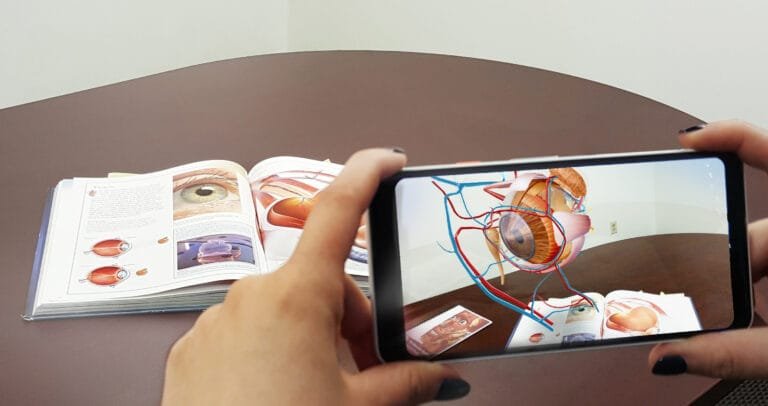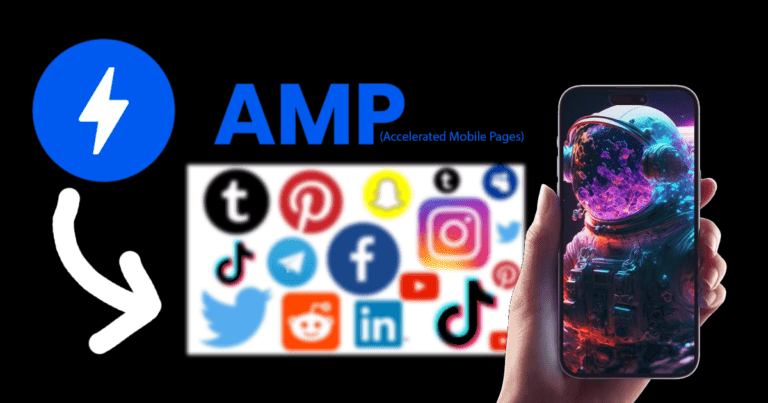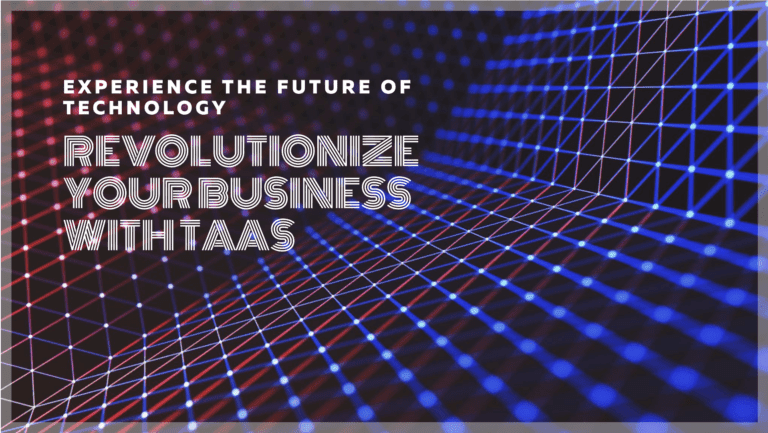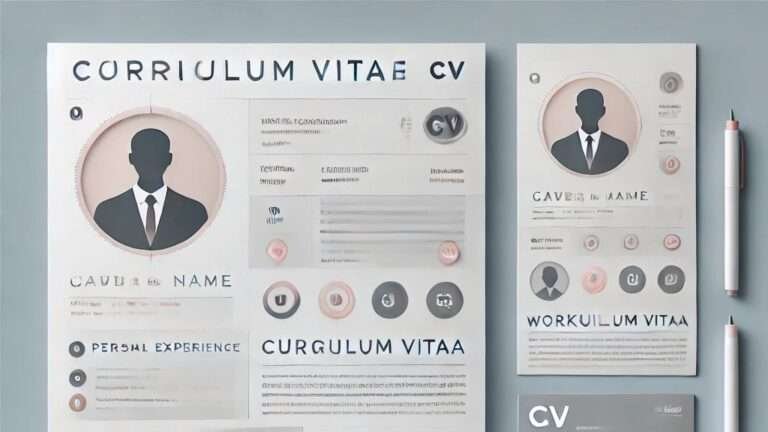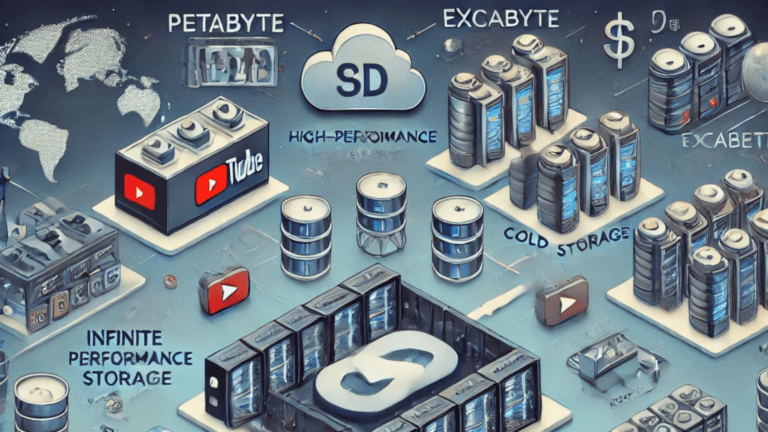As we edge closer to 2025, the fusion of technology and education is expected to reach unprecedented heights. The future of technology in education promises to transform the learning landscape in ways that will make today’s classrooms look almost primitive in comparison. From the rise of artificial intelligence (AI) to the integration of immersive technologies like virtual reality (VR) and augmented reality (AR), the next few years will see education systems worldwide undergo a dramatic metamorphosis.
Introduction: The Dawn of a New Educational Era
Imagine walking into a classroom where your teacher isn’t just a person but a sophisticated AI that knows your learning style better than you do. Where the walls around you come to life, transforming into the ancient streets of Rome as you explore history, or into the farthest reaches of space as you study astronomy. The future of technology in education is not just about cool gadgets; it’s about redefining the very essence of how we learn.
But how did we get here? And where exactly are we headed?
Historical Context and Current State: From Chalkboards to Smartboards
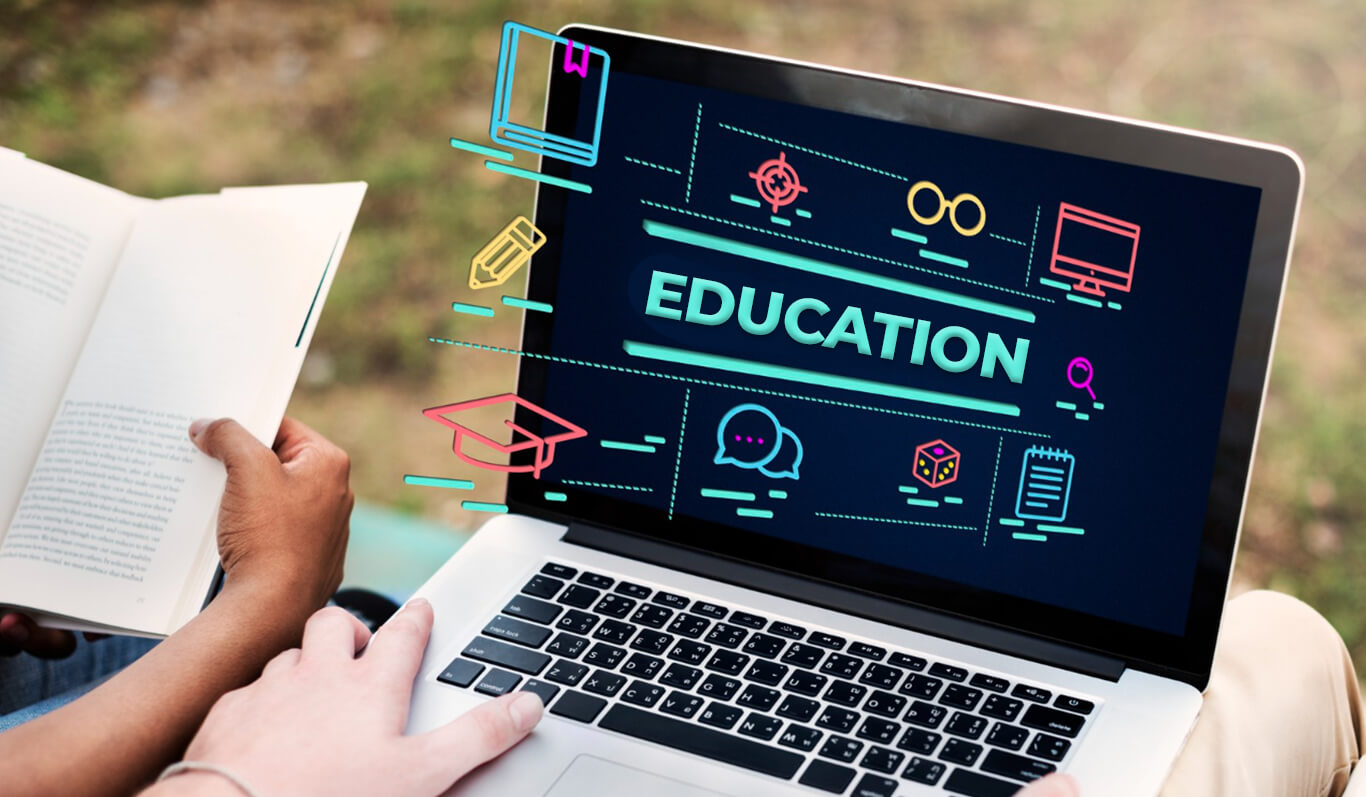
To truly understand the future of technology in education, it’s essential to reflect on how far we’ve come. Just a few decades ago, classrooms were simple spaces with chalkboards, textbooks, and desks arranged in neat rows. The idea of technology in education was limited to the occasional overhead projector or, if you were lucky, a computer lab.
However, the turn of the 21st century marked the beginning of a tech revolution in education. The advent of the internet opened the floodgates to information, and soon, digital tools began to seep into every aspect of education. Interactive whiteboards replaced chalkboards, online resources supplemented textbooks, and learning management systems (LMS) started organizing everything from lessons to assessments.
Today, we stand at the cusp of another revolution. The future of technology in education isn’t just about digitizing traditional methods—it’s about reimagining education altogether.
Anticipated Technological Advancements by 2025
The year 2025 is poised to be a landmark in the evolution of educational technology. Here’s a look at some of the most exciting advancements that are expected to shape the future of technology in education.
Artificial Intelligence: Personalized Learning at Scale
AI is already making waves in various sectors, and education is no exception. By 2025, AI will have evolved to offer highly personalized learning experiences. Imagine an AI tutor that knows your strengths and weaknesses, adjusting its teaching methods in real time to suit your needs. This isn’t a distant dream—it’s the future of technology in education.
AI-powered platforms will analyze students’ progress, predict challenges, and offer customized learning paths. This will enable teachers to focus more on mentoring and less on grading and administrative tasks. For instance, Sarah’s journey with a Personal Learning Environment highlights how technology can tailor education to individual needs, a trend that will only grow by 2025.
Virtual Reality (VR) and Augmented Reality (AR): Immersive Learning Environments
The future of technology in education also involves stepping beyond the two-dimensional screens and into immersive learning environments. VR and AR will play a pivotal role in making learning more engaging and experiential. For instance, students could take a virtual field trip to ancient Egypt or explore the human body from the inside out.
In 2025, VR and AR will be commonplace in classrooms, breaking down the barriers between theoretical knowledge and practical application. These technologies will allow students to experience education in a way that textbooks and traditional classrooms never could. The Role of Technology in the Future of Education provides a deeper dive into how these immersive tools are set to change the landscape.
Blockchain: Securing Educational Credentials
Blockchain, a technology primarily associated with cryptocurrencies, is set to revolutionize how educational credentials are stored and verified. By 2025, blockchain could become the standard for issuing, storing, and verifying diplomas and certificates. This will not only prevent fraud but also make it easier for students to share their credentials with potential employers globally.
In the future of technology in education, blockchain will enable a decentralized, secure, and tamper-proof system for managing academic records, ensuring that your qualifications are always trustworthy and easily accessible. For a detailed discussion on the impact of blockchain in education, check out Forbes’ insights.
Internet of Things (IoT): Smart Classrooms and Connected Campuses
The Internet of Things (IoT) is transforming ordinary objects into intelligent, connected devices. In the future of technology in education, IoT will be the backbone of smart classrooms and connected campuses. From smartboards that automatically save notes to cloud-based systems that monitor student health and safety, IoT will make educational environments more efficient and responsive.
Imagine a classroom where the temperature, lighting, and even seating arrangements adjust automatically to optimize learning conditions. That’s the kind of future of technology in education we can expect by 2025.
Gamification: Making Learning Fun Again
Gamification, or the application of game-design elements in non-game contexts, is another trend that will dominate the future of technology in education. By 2025, gamified learning platforms will be more sophisticated, using AI and data analytics to create personalized, engaging experiences that make learning fun and effective.
Games have a unique ability to capture students’ attention and motivate them to overcome challenges. In the future of technology in education, we’ll see more educators incorporating game elements into their lessons, turning even the most challenging subjects into an adventure. Generative AI for Business Leaders provides insights into how AI and game-based learning might intersect in the future.
Impact on Students, Teachers, and Educational Institutions

The future of technology in education isn’t just about new gadgets and software—it’s about changing the roles of students, teachers, and institutions. Here’s how these advancements will impact each of these groups.
For Students: A More Personalized and Engaging Learning Experience
Students will be at the heart of this transformation. The future of technology in education will offer more personalized learning paths, enabling students to learn at their own pace. Technologies like AI and adaptive learning platforms will provide real-time feedback, helping students understand where they need to improve and how to do so.
Moreover, the integration of VR, AR, and gamification will make learning more interactive and fun, increasing student engagement and retention. As discussed in Stanford’s research, these technologies will reshape how students interact with content.
For Teachers: From Instructors to Facilitators and Mentors
The role of teachers will shift significantly by 2025. In the future of technology in education, teachers will move away from traditional lecturing and focus more on guiding and mentoring students. With AI handling routine tasks like grading and data analysis, teachers will have more time to develop meaningful relationships with their students, providing personalized support and fostering critical thinking skills.
Professional development will also evolve, with teachers needing to stay updated on the latest technologies and how to integrate them effectively into their teaching practices. The insights provided by Forbytes offer a glimpse into how educators will need to adapt in the coming years.
For Educational Institutions: Adapting to a New Era
Educational institutions will need to adapt to these changes to stay relevant. The future of technology in education will require schools and universities to invest in new infrastructure, including smart classrooms and digital learning platforms. Institutions will also need to rethink their curricula to incorporate new skills that are essential in a tech-driven world, such as coding, data analysis, and digital literacy.
Furthermore, the adoption of blockchain for credentialing will make it easier for institutions to collaborate globally, enabling students to gain credentials from multiple sources seamlessly.
Global Perspectives and Disparities: A Double-Edged Sword?

While the future of technology in education promises many benefits, it also presents challenges, particularly when it comes to global equity. The adoption of advanced technologies is likely to vary significantly across regions and socioeconomic backgrounds.
Disparities in Access: The Digital Divide
One of the biggest challenges will be ensuring that all students, regardless of their background, have access to these technologies. The digital divide—the gap between those who have access to modern information and communication technology and those who do not—remains a significant barrier in many parts of the world.
As we move towards 2025, it will be crucial to address these disparities to ensure that the future of technology in education benefits everyone, not just those in developed regions.
Opportunities for Global Collaboration
On the flip side, technology also presents opportunities for global collaboration. The future of technology in education will enable students and educators from different parts of the world to connect and collaborate like never before. This will foster a more global perspective in education, preparing students to work in a diverse, interconnected world.
For a deeper understanding of how global collaboration might unfold, explore the Future of Education Technology as outlined by industry experts.
Case Studies or Future Scenarios: A Day in the Life of a 2025 Student

To bring the future of technology in education to life, let’s explore a hypothetical scenario: A day in the life of a student in 2025.
Morning: AI-Powered Personalized Learning
Our student, Alex, starts the day with an AI-powered personalized learning session. The AI tutor has analyzed Alex’s performance and tailored the day’s lessons to focus on areas where improvement is needed. The AI also adjusts the difficulty level in real-time, ensuring that Alex remains challenged but not overwhelmed.
Midday: Immersive History Lesson with VR
Next, Alex attends a history class, where the lesson involves a virtual reality tour of ancient Greece. As Alex dons a VR headset, the classroom disappears, and the bustling streets of Athens come to life. This immersive experience allows Alex to explore historical sites firsthand, making the lesson both engaging and memorable.
Afternoon: Gamified Science Lab
In the afternoon, Alex participates in a gamified science lab. The platform turns the lab experiment into a game, where each successful step earns points. This not only makes the learning process fun but also encourages Alex to think critically and solve problems creatively.
Evening: Collaborative Project on a Global Platform
The day ends with a collaborative project on a global platform. Alex works with students from different countries, using a digital whiteboard and video conferencing tools. This experience not only enhances Alex’s understanding of the subject but also builds cross-cultural communication skills.
Conclusion: Embracing the Future

As we look ahead to 2025, it’s clear that the future of technology in education holds immense potential. The advancements we anticipate will transform how we teach, how we learn, and how we experience education. But as with any transformation, it will require careful planning, investment, and a commitment to ensuring that no one is left behind.
The future of technology in education is not just about adopting the latest gadgets—it’s about reimagining education to make it more personalized, engaging, and accessible for everyone. As we embrace this future, we must also address the challenges that come with it, ensuring that all students, regardless of their background, have the opportunity to benefit from these advancements.
FAQs
How will AI change the role of teachers by 2025?
AI will take over routine tasks like grading and data analysis, allowing teachers to focus more on personalized mentoring and student engagement. Read more on AI’s impact on education.
What are the potential risks of using VR and AR in education?
While VR and AR offer immersive learning experiences, there are concerns about screen time, data privacy, and the potential for creating a digital divide.
How can blockchain improve the security of educational records?
Blockchain provides a decentralized, tamper-proof system for storing educational credentials, ensuring that records are secure and easily verifiable. Explore more about blockchain in education.
What is the future of online and hybrid learning models?
The future will see a blend of online and in-person learning, offering greater flexibility and personalized learning experiences. For an in-depth look, see Neetable’s analysis.
How will IoT transform the learning environment?
IoT will enable smart classrooms and connected campuses, improving efficiency, safety, and the overall learning experience.
What ethical concerns should be considered with the rise of EdTech?
Key concerns include data privacy, equitable access to technology, and ensuring that human interaction remains a central part of education.




